Survival situations almost always catch us unaware or unprepared in some way, shape or form.
Knowing how to improvise with what you have or what you find is key to making sure you can address that reality.
Condom Canteen
Many survivalists, including myself, suggest packing non-lubricated condoms in survival kits. They are small, compact, and inexpensive, and have a plethora of survival uses. One noteworthy function is as a compact emergency water container. Here are a couple tips I’ve learned from experience for using a condom as a canteen:
• Fill the condom in a sock to protect it during travel.
• Use any rigid hollow tube such as an ink pen, elderberry branch, or bamboo section as a spout and secure the base of the condom around it using duct tape or paracord.
• Carve a spout stopper from any dry branch.
• Add a sling, and you’re ready to make tracks with more than a liter of drinking water.2-Liter Rain Collector
The ability to collect rainwater, especially if stranded on an ocean island, is critical. Luckily, that task can be easily done with just a plastic bottle (be sure it has a cap; the mouth must be sealed). Start by cutting off the bottom of the bottle. Next, cut vertical slices 1″-2″ apart up the side of the bottle, starting at the bottom and going a little more than halfway. Fold the sections out, giving the bottle a flower-like appearance. (Using heat during this step makes the bottle more pliable and speeds up the process; it also helps keep the petals in place once finished.) Finally, plant the top of the bottle a couple inches into the ground and wait for rain.
This water collector is modeled after nature itself — the leaves on many plants and trees help funnel rainwater toward the main stem or trunk. These plastic “petals” help to funnel water into the central reservoir. The water can then be drunk with a straw or piece of hollow reed grass, or poured into a canteen.Gum Wrapper Fire
A foil-backed gum wrapper (or any foil-backed paper candy wrapper) can be used to start a fire if you have a battery source, such as a AA battery from a flashlight or remote control. Start by trimming the wrapper to an hourglass shape. Simultaneously touch the positive and negative terminals of the battery with the foil side of the wrapper. The electrical current will converge on the thinnest part of the hourglass shape and ignite the wrapper to flame. If the battery is too weak to bring the wrapper to flame, consider adding a second battery for more electrical current. Be sure to have a good tinder bundle ready because you’ll only have about 3 seconds of flame!
Ramen Noodle Stove
I love items that do double duty. Ramen noodles are not only a lightweight pack food, but they can also serve as a great little cooking stove in a pinch. All you have to do is saturate the dried brick of ramen with a flammable liquid such as alcohol or HEET brand antifreeze and it will burn like a solid fuel puck for up to 20 minutes per side. The dried ramen noodles help to control the rate of fuel vaporization. Build a makeshift frame to balance a pot and cook away!
It helps to soak the ramen brick in one of the fuels mentioned above for a while before use, but it isn’t necessary. A standard yellow kitchen sponge also works in nearly the same way and makes a handy little impromptu stove when soaked with alcohol or HEET.Paracord Fishing Fly
One of my students showed me this hack several years ago, and I’ve tested it time and time again in the fishing pond at Willow Haven. Slide a 1″ section of paracord over a bare fishing hook to make a very appealing fishing fly lure. Fluff up the end over the hook for disguise and then heat the other end with an open flame to melt and weld it just below the eye where the line attaches. Live bait is always best, but when live bait isn’t available you’ll never miss an inch of paracord from your shoelaces or bracelet. This improvised fly lure also floats very well for top-water bluegill and bream fishing.
Spoon Broadhead
Whether you’re hunting with bow and arrow or a spear, it’s always better for it to be tipped with a sharp metal broadhead. Believe it or not, you can use something to kill your food that most people use to eat their food — a spoon! As you can see in the illustration, the evolution of a regular spoon to a killer broadhead is a simple process. Pound the spoon flat with a rock or hammer. Next, file the edges down to a point, using a standard metal file that can be found in almost any auto repair shop or garage. Finally, snap off the handle at the base with repeated bending, and lash the finished point into a split at the end of an arrow with any kind of cordage.
Bra Cup Debris Mask
Toxic ash and debris can be a serious problem during natural or manmade disasters. Breathing in ash, pulverized concrete, and debris particles can slow you down as well as result in severe long-term conditions such as asthma and lung cancer.
Most women carry two emergency debris masks on their person at all times — a bra! The padded cups of most bras fit perfectly over the mouth and nose and can act as a crude debris filter in an emergency. The combination of foam, padding, and two layers of fabric is much better than most store-bought masks. You can even rework bra straps and ties to hold the mask securely on your face for hands-free travel.A Not-So-StrAWEful Tick Puller
Ticks are nasty critters and the bane of many a woodsman. The best way to rid yourself of ticks is to pinch the head with tweezers and pull upward with steady, even pressure. In the absence of suitable tweezers, make a tick puller from a plastic drinking straw. Using a knife or scissors, cut an eye-shaped hole toward the end of the straw, large enough to fit over the tick’s body. The outside tip of the eye cut (the side closest to the edge of the straw) should come to a very fine point. Slide the eye over the tick and pull from the side, wedging the tick’s head and neck in the corner of this fine-cut point. Steadily pull until the tick detaches, and then wash the affected area with soap and water.
Images via Art of Manliness
It would be nice if every survival scenario came with a kit that addressed all your conceivable needs – immediate and whatever was necessary to help you make it through.
It would also be wonderful if we all had a money tree.
Unfortunately, neither is reality and knowing as many survival hacks as possible will help you address the unanticipated.
For more information on survival hacks, please visit The Art of Manliness.
Featured Image via The Art of Manliness
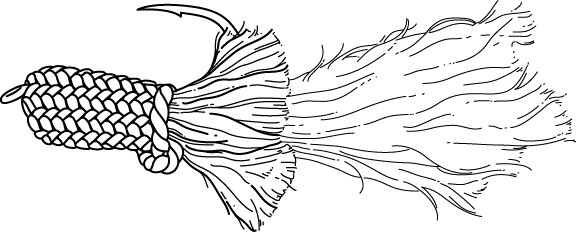

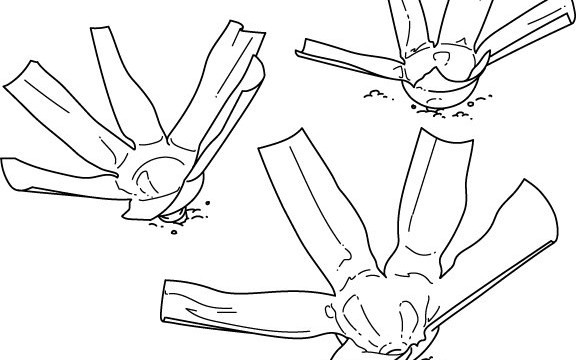
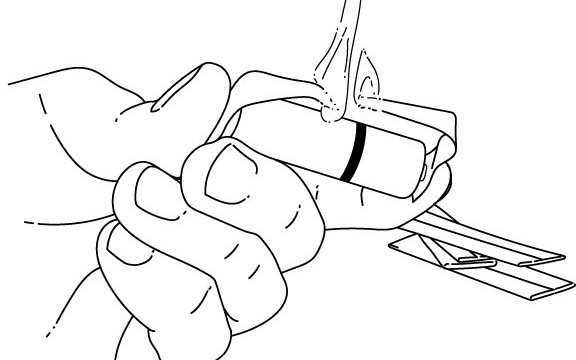
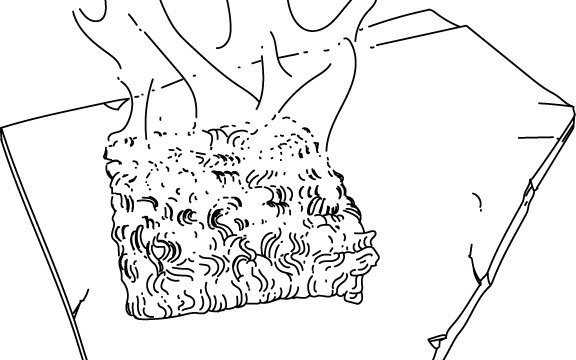

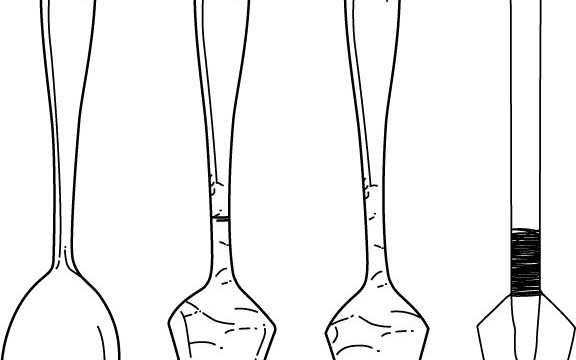
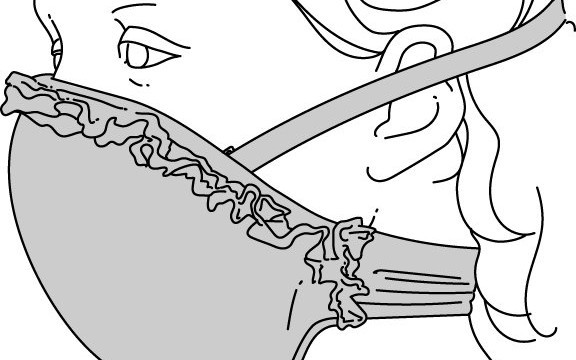
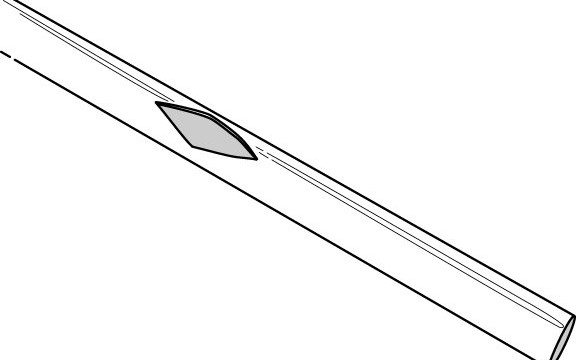
Steve Turley